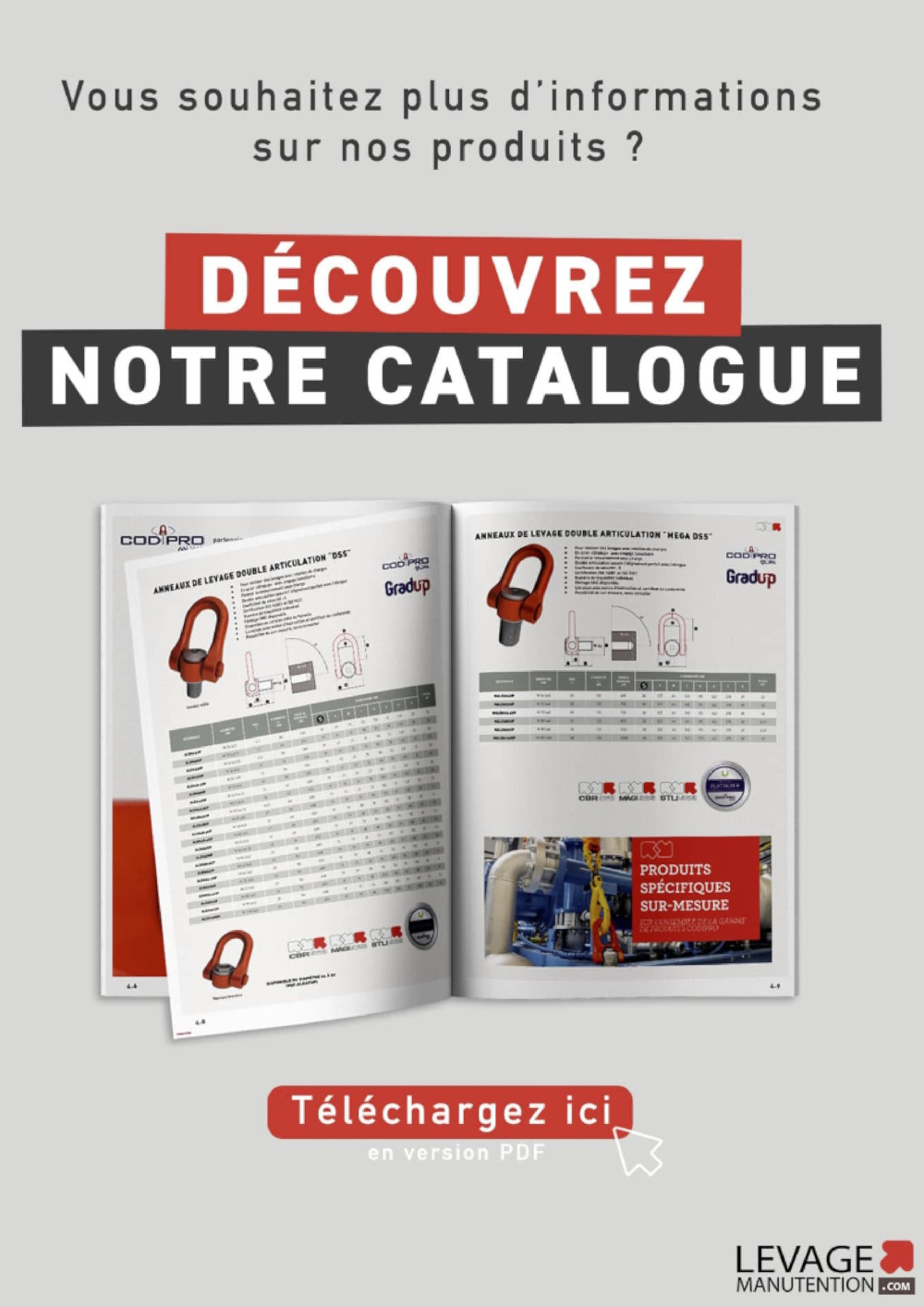LIFELINE
Lifelines definition
A lifeline is a safety device that allows its user to attach himself to it in order to secure himself against the risks of falling. It is mainly used in climbing, in acrobatic courses at height, in work at height and on boats.
Different types of lifelines
There are two kinds of lifelines : the vertical lifeline and the horizontal lifeline. Although similar, these two lifelines must be considered differently because their installations and uses are different.
Horizontal Lifeline
The horizontal lifeline is used to restrain falls. It consists of at least two anchor points, between which a rope, cable, webbing or chain is stretched. The user attaches to this flexible belay device. The lifeline is attached to anchors. This makes it very flexible and allows the user to move around safely. The horizontal lifeline is, in most cases, made up of a cable or a rail. It also has a system for adjusting the tension, a shock absorber to limit the impact on the structure, at least two fixed anchors, intermediate pick-up points and angles. Ce type de système d’arrêt est un support continu, quasiment horizontal, avec une inclinaison inférieure à 15°C. Elle s’adapte à une grande quantité de configurations. Elle peut être posée sur une toiture inclinée, sur une toiture-terrasse ou sur différents matériaux (comme un bac acier, des membranes, du zinc, du cuivre, du béton, des fibres-ciments. The product must be above the user's head and between the anchor points. There are two types of horizontal lifelines: the category B safety lifeline (also called "temporary"), and the category C lifeline (also called "permanent")
Vertical lifelines
The vertical lifeline is an anti-fall safety system that allows movement without coming off on the most varied vertical structures (such as ladders, windmills or pylons). It consists of an upper anchor point to which a flexible belay support is attached. The lower end of the vertical lifeline can be held or left free. It is not part of the strength of the system. The worker attaches to the lifeline using a device that travels along the flexible belay support. It is a device that locks in the event of a fall and thus prevents the user from falling.
How to choose your temporary lifeline ?
The lifeline is a PPE that is put in place during a construction site to ensure the safety of workers. It connects two anchorages, either by a horizontal cable or by a strap. This allows workers to move safely along the anchorage and carry out their tasks. To choose the right temporary lifeline for your needs, you should pay attention to two main criteria. The first criterion is the material. Indeed, the lifeline can be made of webbing for lightness and ease of installation, or of rope for aggressive environments and durability.
Regulation of lifelines
Work at height is regulated by Article R4323-61 of the Labour Code. This article explains the conditions that are linked to PPE against falls from height, in the event that collective or temporary protection is not possible. The NF EN795 standard is divided into 5 types of anchorage points. The first is type A or EN795-A. It describes single anchorage points that are anchored to the support. The second is type B (or EN795-B) which corresponds to temporary anchorage points that can easily be removed, as well as those that are simply wedged. The third anchorage point is Type C (or EN 795-C) which describes lifelines. The fourth is Type C (or EN795-D). It corresponds to rail systems. Finally, the fifth and last anchorage point is Type E (or EN795-E), which describes temporary systems stabilised by their own weight.
In general, devices A, C and D are supplied with a certificate of conformity which is issued by an approved body.
If you need further information about our various products in the lifelines section, our expert service is available Monday to Friday from 8am to 12pm and 1.30pm to 5.30pm, except on public holidays, to answer your questions and queries.
You will be pleased to know that all our quotes are free.
Finally, if you would like to obtain information on safety or other subjects related to lifting or handling, we invite you to visit our blog.



 HORIZONTAL LIFELINES
HORIZONTAL LIFELINES
 VERTICAL LIFELINES
VERTICAL LIFELINES

